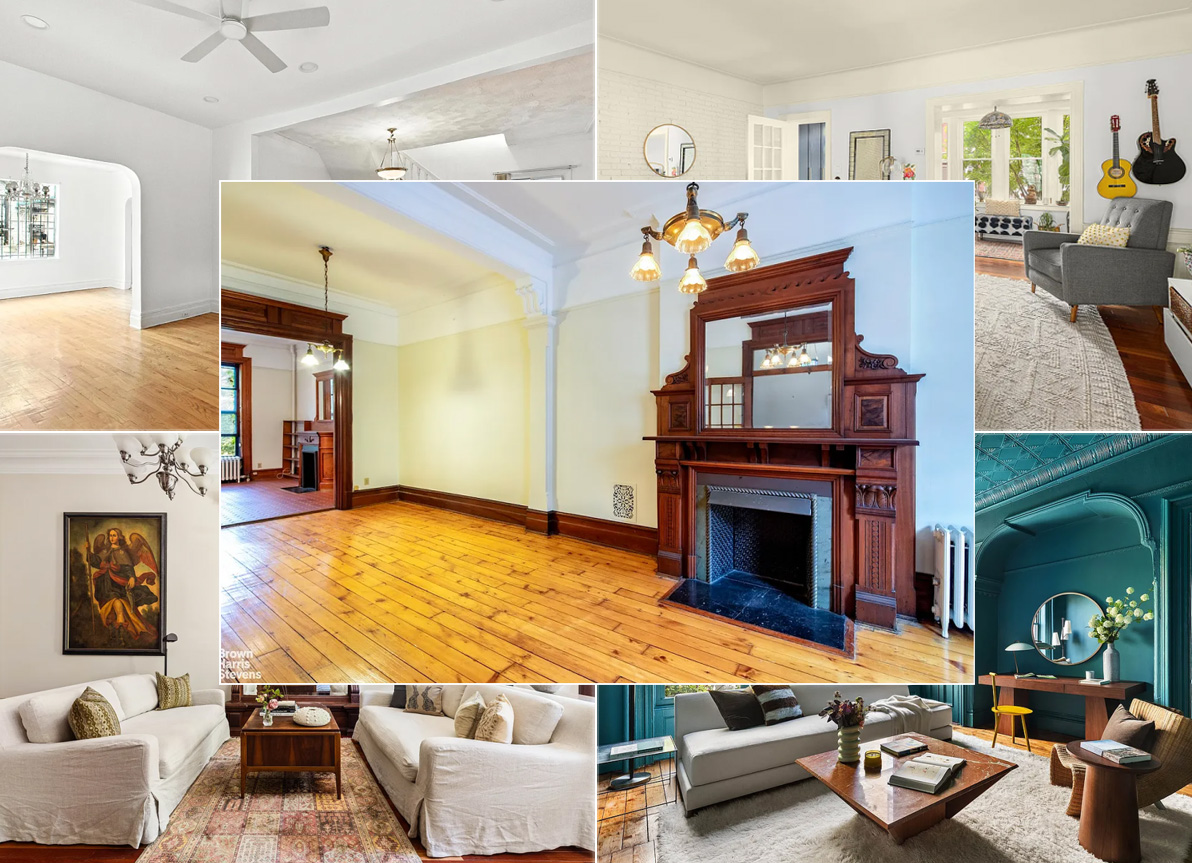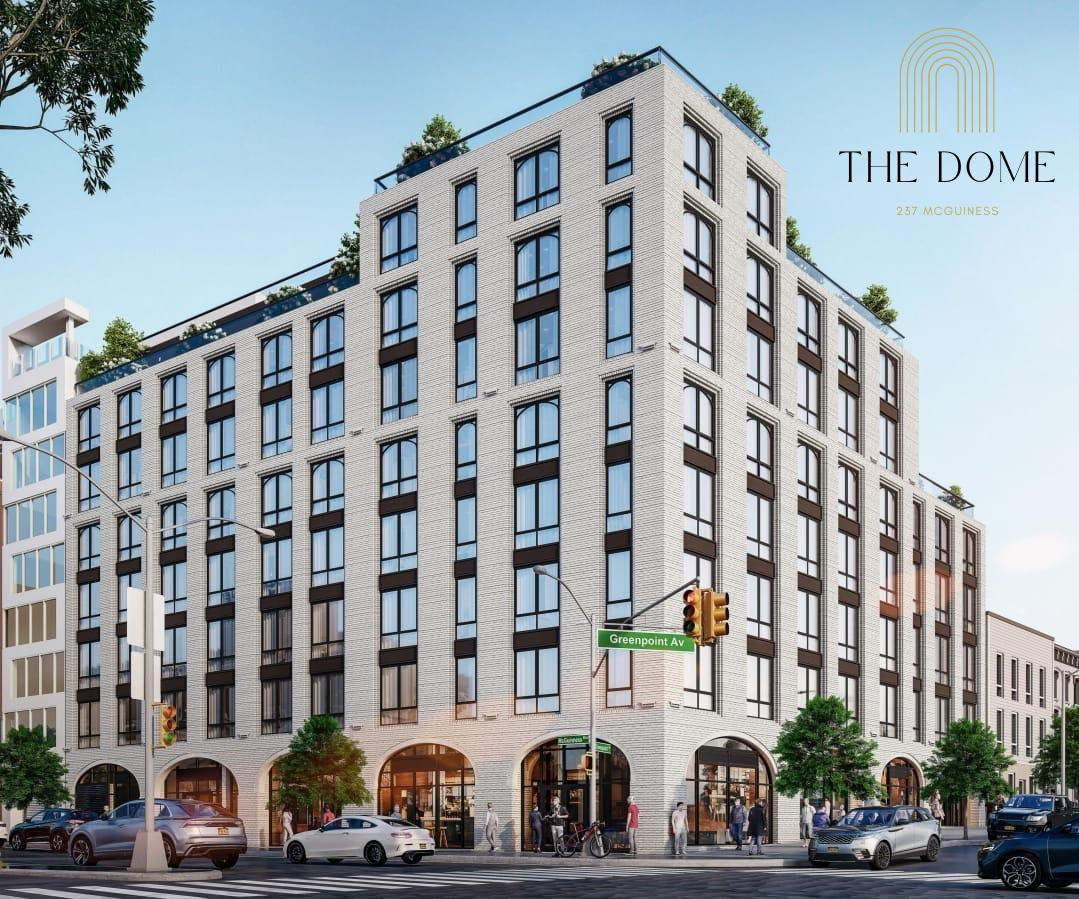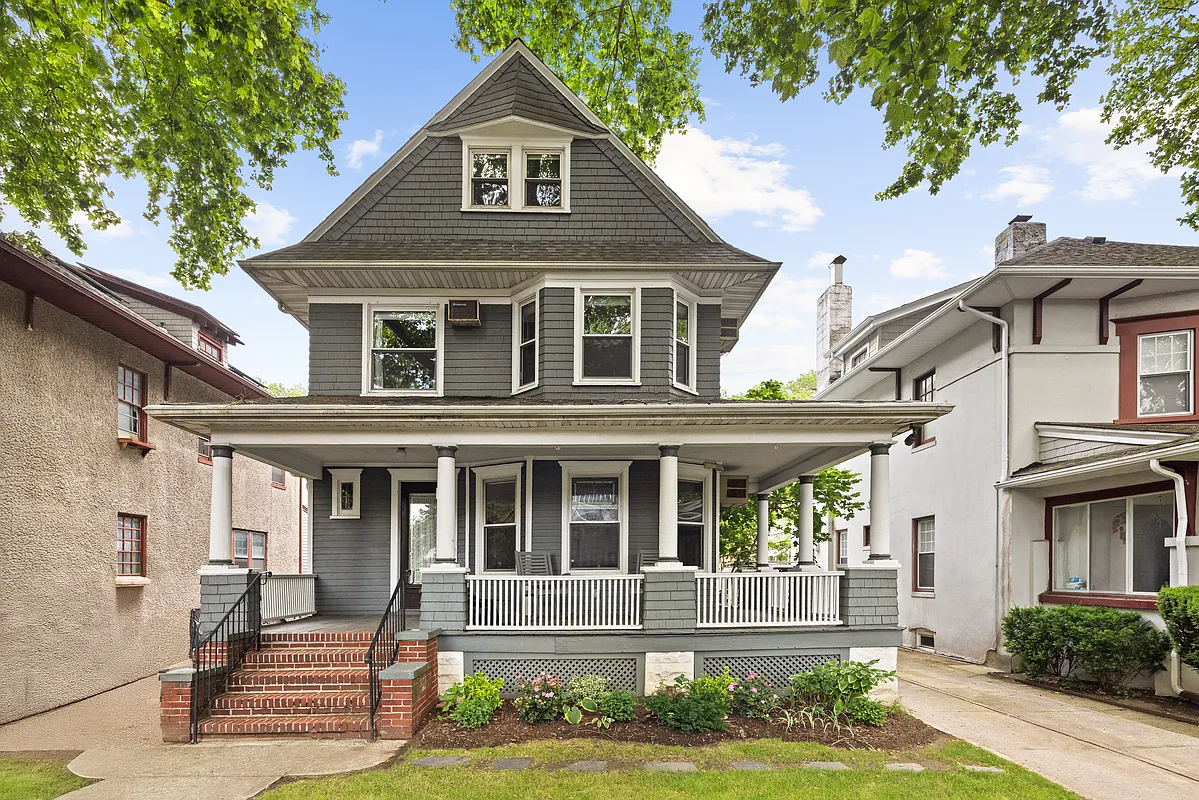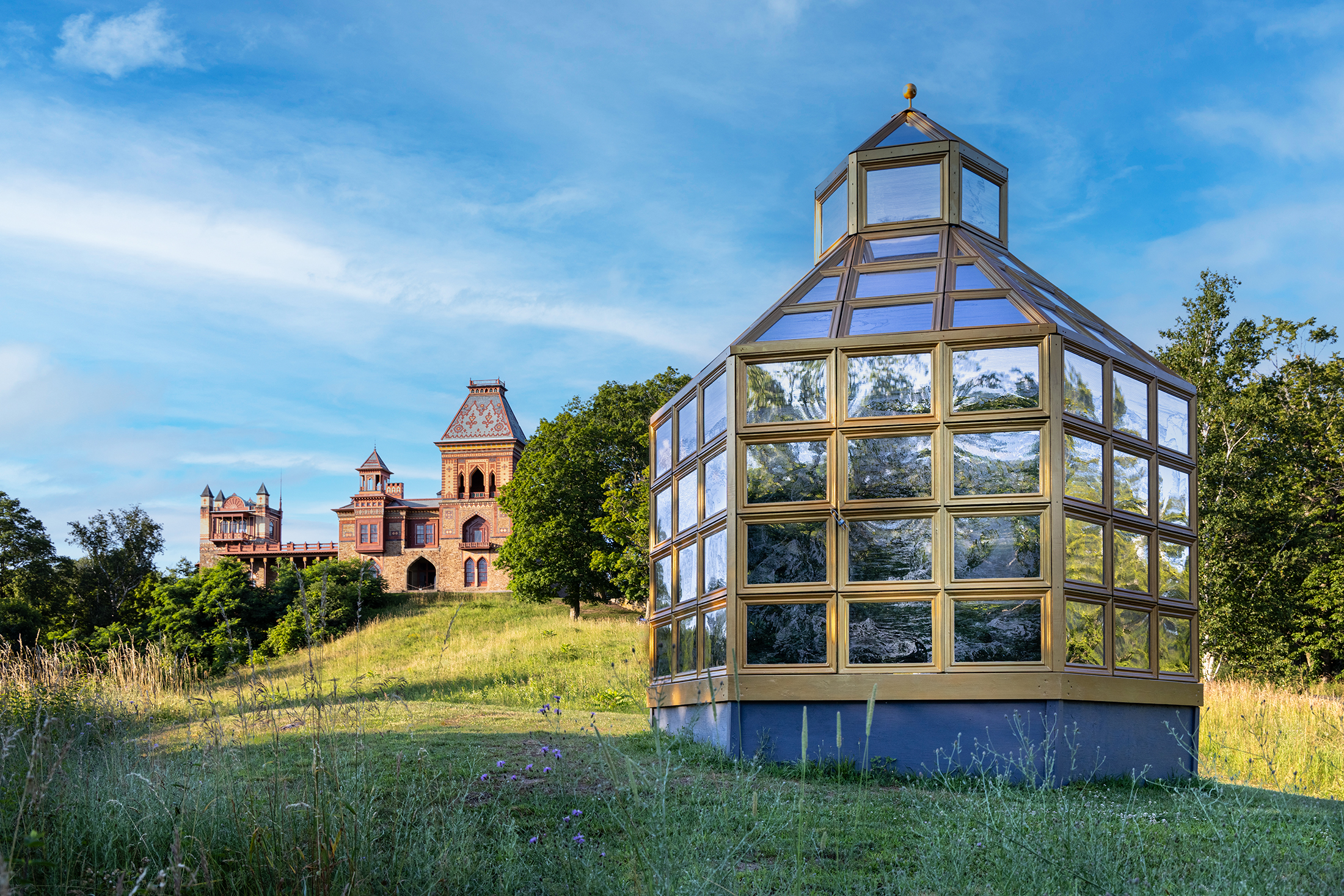Building of the Day: 40 Hicks Street
The BOTD is a no-frills look at interesting structures of all types and from all neighborhoods. There will be old, new, important, forgotten, public, private, good and bad. Whatever strikes our fancy. We hope you enjoy. Address: 40 Hicks Street, between Middagh and Poplar Streets Name: Michael Vanderhoef House Neighborhood: Brooklyn Heights Year Built: 1831…


The BOTD is a no-frills look at interesting structures of all types and from all neighborhoods. There will be old, new, important, forgotten, public, private, good and bad. Whatever strikes our fancy. We hope you enjoy.
Address: 40 Hicks Street, between Middagh and Poplar Streets
Name: Michael Vanderhoef House
Neighborhood: Brooklyn Heights
Year Built: 1831
Architectural Style: Federal
Architects: Unknown
Landmarked: Yes
Why chosen: I enjoy walking around Brooklyn Heights because you can trace the progression of time and architectural styles just by walking west from Poplar to Atlantic Avenue, crisscrossing the short streets. It’s Architecture 101, Brooklyn style. This part of Brooklyn Heights has long been working class, catering to the trades and people who worked the docks below, only blocks from the hoi-polloi in their mansions just up the hill. When this house was built in 1831, it was home to a cartman, named Michael Vanderhoef. These 19th century man with a van entrepreneurs not only hauled goods, but some made their livelihood collecting night-soil, and hauling it away, an important public health service before indoor plumbing. Unless Mr. Vanderhoef had a very large immediate or extended family living here with him, he probably also rented rooms to help make ends meet. This would have been a very desirable location for roomers, with the docks only blocks away. By 1961, when Clay Lancaster published his groundbreaking book, Old Brooklyn Heights, New York’s First Suburb, this building had a store on the first floor. In 1976, this house, along with numbers 38 and 38A, next door, were restored to their original appearance. Today it’s a 3 family house, and still a great example of a simple, early 19th century clapboard house. Love the 6 over 6 windows and neat little dentiled cornice.





The phrase hoi polloi is Greek and means the many, the opposite of what the writer intended. If a Greek phrase is still wanted to describe the rich, it would be hoi oligoi – the few.
“One would have to shovel a lot of night-soil to buy this building today!” (Pigeon)
Ha, no kidding.
Nice photo job on this, MM 🙂
You lit the facade perfectly, while catching the shadow just right to lose the car.
you’d have thought they would have had the decency to take out those window a/c units before you took their picture.
And what is it with the apt bldg next door with all the trash cans on the sidewalk (not at the curb for pickup).
Landmarks or somebody should get after them for that. Since when is that allowed.
“Night-soil”… I always learn stuff from Montrose!
One would have to shovel a lot of night-soil to buy this building today!
Brooklyn Heights is a survey of architectural history from 1820 to the present, Architecture 101, well said.
it reminds me of loose leaf paper.
*rob*
Yes, lovely simple lines. Nice. And good to remember the history too.